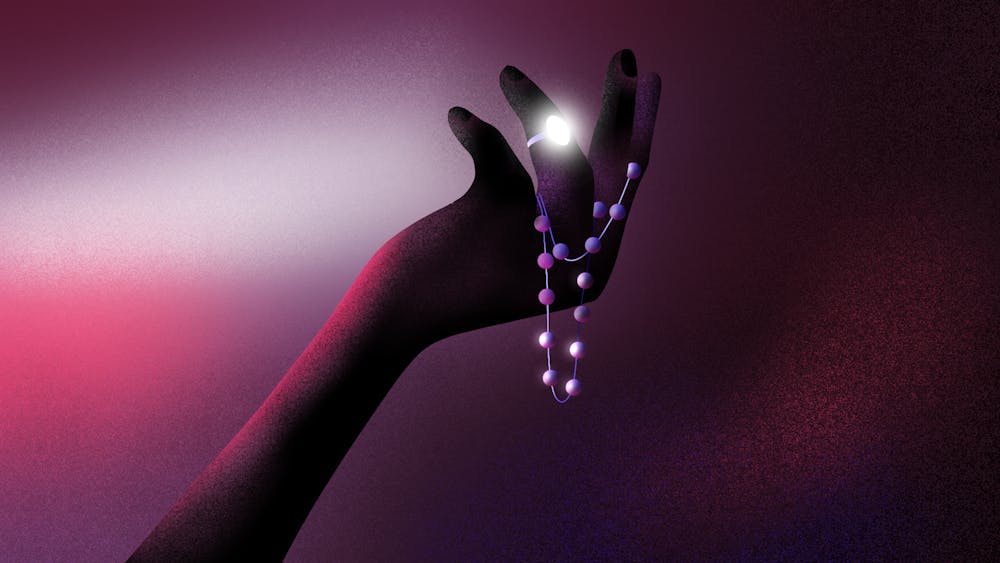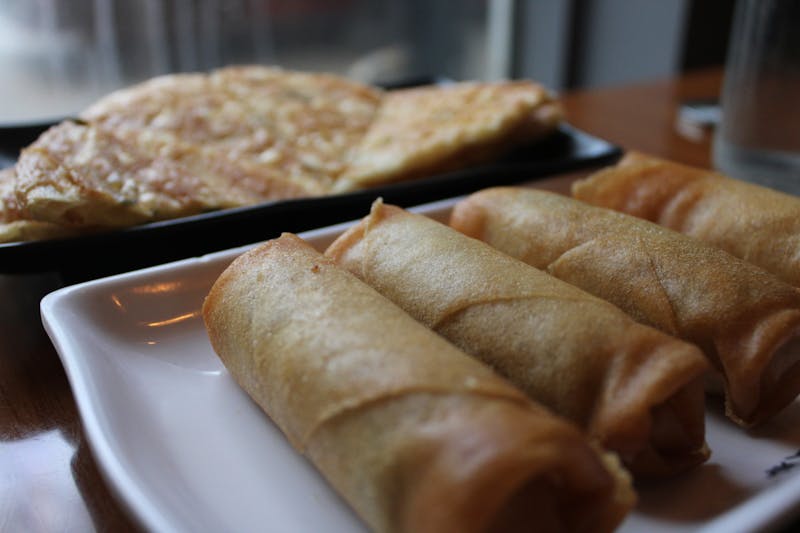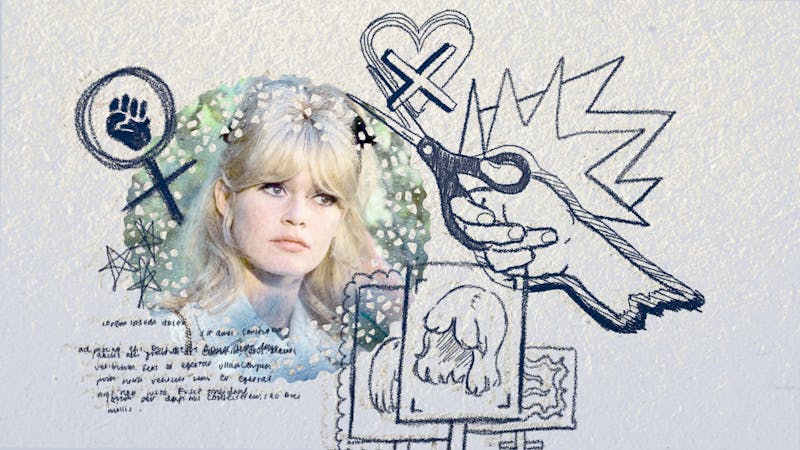The queen may be dead, but the aristocracy she stood for is still alive and well. For most of us, balls are the substance of Jane Austen fantasies and Cinderella adaptations. For a select few of the world’s politically elite and substantially wealthy, however, the events of Bridgerton–past are an annual occurrence. Each year, literal princesses and those ordained through money alike gather in Paris topresent themselves to high society at debutante balls. But these events wouldn’t be complete without the extravagant outfits and decadent jewels piled atop each attendee. From $3 million diamonds to Marie Antoinette’s collection, the necks, ears, arms, and faces of Europe’s fledgling elite pay homage to their extensive lineages and deep pockets. Embedded within the glimmering stones, however, is a long tradition of exclusivity, wealth signaling, and treachery that has proved difficult to fracture.
Le Bal des Débutantes, founded by Ophélie Renouard, has become a staple of the rich and famous’ calendars since 1994. Renouard saw the event as a means to fundraise for cardiology research for child heart defects, and the ball also supports the World Central Kitchen, providing meals to vulnerable communities in crisis. On Nov. 25, 2023, the newest class of debutantes—daughters of famous Hollywood celebrities to Olympians—met for a night of glamor and opulence inside the Shangri–La hotel.
Debutante balls were historically places where young women could be presented to appropriate cavaliers of similar class. It was a means of creating politically prosperous marriages without including new, unwanted lineages to the aristocratic class. The girls would be arranged and trained to become the pinnacle of femininity and high–class grace, from their dresses to their curtsies. Jewels were yet another way to emphasize femininity and wealth to a potential suitor.
While the 21st century has mostly removed the connotation of marriage prospects from modern debutante balls, debutantes remain bedecked in jewels, curated by the luxury jewelry brand V MUSE. The brand’s mission states that it hopes to ground “itself in the wisdom of tradition” and evoke “the tender memory of an exquisite yesteryear,” which was certainly reflected in the extensive histories and craftsmanship of their pieces.
Hannah Husain, a Pakistani debutante, flaunted a statement necklace that had previously been sold for almost $3 million. The emerald and diamond work can be traced back to Princess Maria Carolina of Bourbon–Two Sicilies in 1810. Likewise, Advaitesha Birla—daughter of one of India’s oldest business families—displayed another necklace that had its roots in royalty: straight from the collection of Marie Antoinette’s daughter, Princess Marie Anne. The necklace's extensive history also comes with a hefty price tag of $575,000.
The connection between wealth, jewelry, and femininity has existed since the ancient Greeks. Even Aphrodite, a goddess representing the utmost love and beauty, was commonly depicted wearing jewels. It seems that even as a divinity, jewelry was still a necessity to be perceived as feminine.
The superficial qualities of jewelry are their value paralleling the Hellenistic perception that women represented highly valuable assets based off of their physical appearance. Many pieces included floral imagery, invoking connotations of desirable traits of fertility and health. Some frequently worn necklaces featured bejeweled portraits of the priestess Lo, seducer of Zeus, or other pinnacles of female beauty, which illuminates the parallel between jewelry usage and Greek beauty standards. The Greek god Eros, patron of sexuality and desire, was even said to appear in the form of earrings or a gold ring. By wearing these pieces, Hellenistic women would invoke the imagery of sexuality, fertility, and grace that the jewelry symbolized.
From the fourth to the first century BCE, elite women in Greek society were expected to adorn themselves with jewels to maintain the social expectations of their class. Jewelry was a means of commodifying these women because their self–ornamentation was a direct measure of their wealth and femininity—their only available metrics of success in that society. Jewelry, constructed from rare gems that were often only attainable through foreign trade, stood for immense wealth and also political connection. Women would most notably flaunt these pieces in aristocratic wedding ceremonies in which both the woman and her jewels were exchanged for a politically or economically advantageous familial connection. Here, women were evaluated not only for their individual qualities, but also as a symbol of their family’s economic prosperity.
Likewise, the young women at the 2023 ball were superficial representations of the lineages they descended from. They were expected, in the manner of a debutante ball, not only to present themselves to high society but also to be viewed as a means of reinforcing their families’ positions within said society. Multimillion–dollar jewelry communicates not only an adherence to the traditional standards of femininity, but also a signal of a family’s wealth.
Moreover, each expensive jewel featured in the extravaganza was one–of–a–kind, and their reputations and histories breed exclusivity. Debutante balls not only are about known wealth, but also serve an important purpose of reinforcing the aristocracy as a practically impenetrable social circle. Renouard doesn’t allow any wealthy family to submit a debutante, although she says that she gets many people willing to pay. Instead, she selects the debutantes herself, and says she looks for those who have an interesting story to tell. Yet, the stories of the girls and their families are consistently intertwined with wealth or nobility. This inclination towards exclusivity is reflected by the centuries of history embodied within the jewelry chosen for the event. Every diamond, like every family in attendance, has a story that demands respect in high society because it was affiliated with prominent women or important historical periods.
Jewels tell stories and play prominent roles in our own narratives. They signify lifelong commitments and memories. In pop culture, a jewel can be both the liberator of the desperate treasure hunter and the oppressor of the young, unknowing bride. Their physical manifestation of money, class, and femininity gives them great power over our lives. On a smaller scale, wedding rings and gold cross necklaces tend to validate our own self–worth. If a significant other spends a lot of money on an engagement ring, it quantifies their devotion and love. Likewise, if a woman is able to afford the diamond Tiffany & Co. necklace, she, too, must be worthy of the adornments she sports.
Thus, the paradox of jewelry becomes apparent. For the families that these women belong to, jewels are a means of gaining power, notoriety, and favorable connections. To the actual women who wear them, however, the same pendants diminish their individuality and self worth to the gems that bedazzle them.
Most of us could never fathom wearing millions of dollars around our necks and may never have the chance to do so. However, in the European debutante scene, the young women who partake are seen to be worth their weight in gold.






